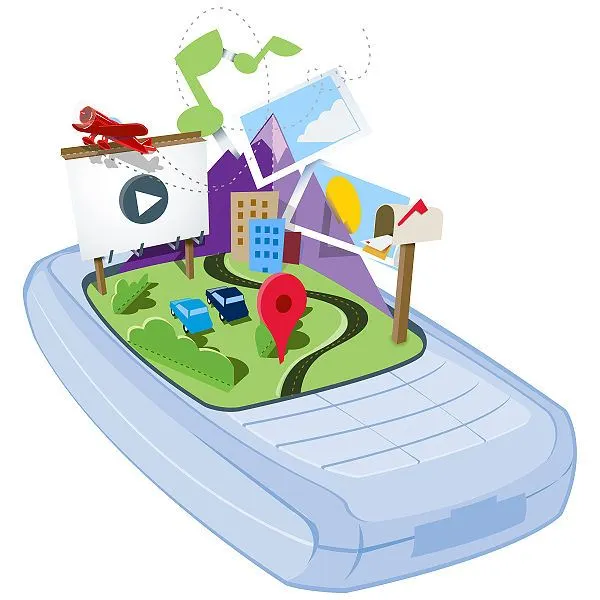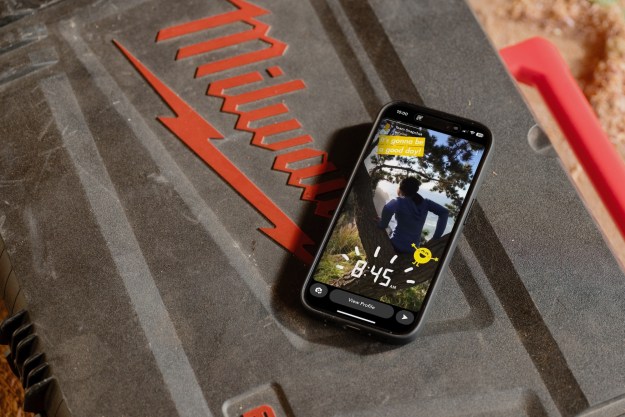
It’s an unavoidable problem for a platform such as Android. Users are bound to get stuck waiting for their phones’ manufacturers and carriers to independently give an update the go-ahead. And with the number of Android phones only growing, it’s increasingly difficult to implement a smooth, simultaneous OS upgrade.
Various carriers and devices have experienced these growing pains when it comes to Android upgrades. Motorola admitted at this year’s Mobile World Congress that it had botched its handsets’ Froyo and Éclair updates, T-Mobile has made statements saying it originally mismanaged rolling out updates, and Samsung has secured itself the spot of worst Android manufacturing when it comes to new operating systems. There were even claims that the manufacturer was purposefully holding off on Android users because of carrier disputes, and most recently it had to delay the long-awaited Gingerbread upgrade for the Galaxy S. It’s an issue Google is well aware of, and has been for awhile: Last year, Google announced it would try to alleviate some of the upgrade pain when it introduced Froyo, which didn’t solve the big picture problem.

And that’s why Google is creating a partnership with various carriers and manufacturers to try and find some sort of middle ground. Verizon, HTC, Sony Ericsson, T-Mobile, AT&T, Motorola, LG, Vodafone, Sprint, and Samsung are just a few of the companies on board. At yesterday’s keynote, Barra said that provided your hardware supports it, this team will guarantee that Android handsets get the latest Android OS for at least the first 18 months after that particular device hits shelves. That’s a big promise: Buying the hottest new Android phone now won’t mean you’re stuck with whatever OS it came with, and you won’t be sitting around for months, a year even, waiting for the latest upgrade. Good news right? Well from the sounds of the Q&A session following the event, this plan is more in the idea stage than anything else. Here are a few things worth noting that are still up in the air:
- How quickly updates come after a new OS is introduced is completely undetermined thus far.
- It’s uncertain whether this new policy begins now or once Ice Cream Sandwich is introduced (FYI: There is no Honeycomb for phones – Ice Cream Sandwich brings Honeycomb features to the phone).
- What if a user buys a phone 10 months after it’s been on shelves – do they only get eight months of guaranteed upgrades?
According to Google’s blog, the initiative’s partners will be “working together to adopt guidelines for how quickly devices are updated after a new platform is released.” It’s great, inspiring news for Android users – but know that this is a step in the right direction instead of a guaranteed solution, and the details are vague at best.

